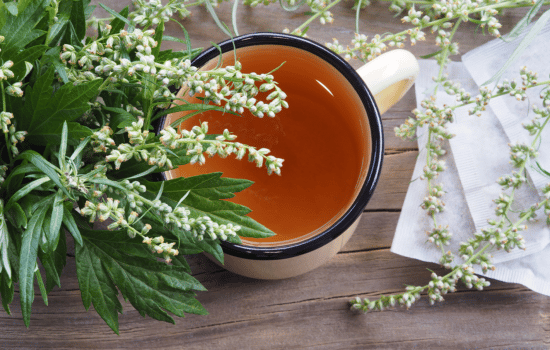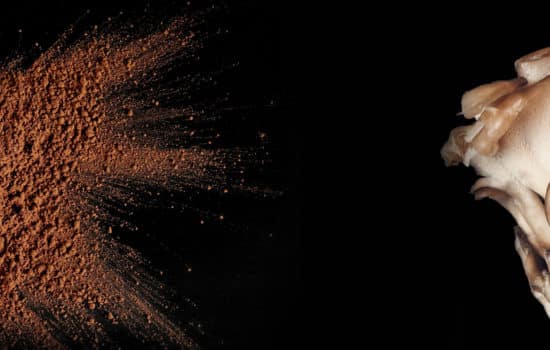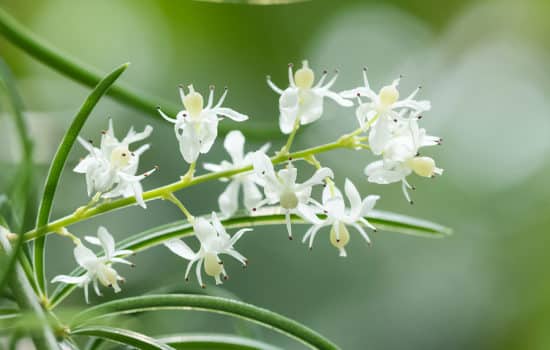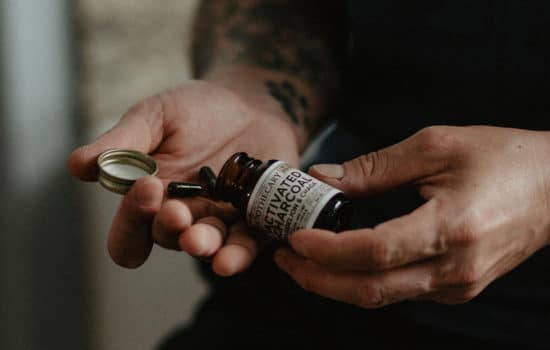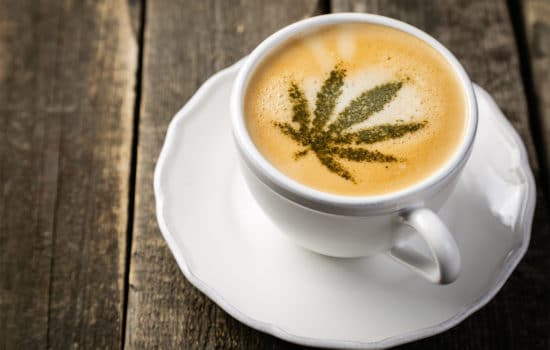The seasoned gardener may know the polygala for their vibrant pink and purple flowers or their versatile growing capabilities. But can polygala be used to support your well-being? Also known as milkworts or snakeroots, there are over 400 species of plants in the polygala family.
Different polygala species can be found across Asia, Europe, Africa, and the Americas. Polygalas can range in size from a few inches to over nine feet tall. In fact, many polygalas have long stems with butterfly or heart-shaped leaves. The small flowers contain wing-like sepals and can range in color from purple to pink to blue.
These plants often grow in mild climates or tropical regions and bloom between late spring and early summer, although they can bloom year-round in warm climates.
With a long history of uses, the name polygala actually comes from a Greek word meaning “much milk,” because the plant was believed to elevate milk yields in cattle.
What Parts of the Plant Can Be Eaten?
Along with adding a pop of color to your garden, yard, or home, certain polygala species can also be eaten. Here are some of the parts of the plant that can be eaten.
Leaves and Stems
The leaves of some polygalas are used as tea alternatives or to flavor green teas.
Roots
The roots of polygala plants are used most often for health benefits. The root of the Polygala lutea, also known as “candy root,” has a licorice flavor and can be chewed on for flavor or soaked in hot water for tea, though it should not be consumed on its own.
Typically, extract from the root of the polygala is used in capsules, tinctures, or ground into a powder.
How Do You Care for Polygala?
Polygalas are often grown in groups to form hedges or grown decoratively in pots. If cared for correctly, these perennials can thrive indoors and outdoors.
These hardy plants are popular because they are fast-growing, adaptable, and can grow in compact growing conditions. You have a lot of flexibility if you are looking to grow polygalas, but there are some tips you’ll want to keep in mind.
- Polygalas require a lot of sunlight. While they can tolerate partial shade, less flowers will grow in this condition.
- Polygalas can survive in the cold but not in frost. In the summer, they should be watered plentifully but not flooded. They should be watered moderately in the cooler months, and only when the soil beneath the surface is dry.
- It is important that the soil contains organic matter and is well-draining, though not wet.
- During the warmer months, polygalas can be fertilized with mineral fertilizer every 20 days to support flower production.
- In late winter, polygalas can be pruned to limit growth. They can be propagated by sowing seeds in the spring and cuttings in the fall.
What Can Polygala Be Used For?
As an herbal remedy, the polygala root has been used to support a wide range of body functions.
Respiratory Support
Polygala has been used to provide relief for people experiencing chronic bronchitis, whooping cough, or asthma. With these abilities, polygala root can help limit oxidative stress that can harm the respiratory system and reduce swelling in the throat, nose, or chest.
Polygala roots also contain triterpenoid saponins, a plant compound that can help clear phlegm from the bronchial tubes and support overall respiratory health.
Cognitive Health
Polygala is thought to improve memory and support cognitive health in several ways. The reduction of swelling and oxidative stress can help protect neurons, and because the polygala root contains various bioactive compounds, it can affect multiple aspects of the brain at once.
Polygala tenuifolia root can also encourage higher levels of BDNF production in the hippocampus. BDNF is a protein that supports the growth, maintenance, and restoration of nerve and brain cells vital for cognitive function. Studies also suggest that the plant’s properties can encourage the creation of new neurons in the hippocampus, which is needed for new memories to form. Polygala root may also improve short-term memory.
Stress Relief
By keeping MAO enzymes from destroying dopamine, serotonin, and norepinephrine, polygala root can help relieve tension and stress throughout the body.
Oxidative stress is also known to negatively affect mood and emotions. As an antioxidant-booster, however, polygala root may increase the presence of antioxidant enzymes in the body, which can ward off oxidative stress and positively enhance your mood.
Studies suggest polygala root can also lower cortisol levels. As a stress hormone, high levels of cortisol can negatively affect the body as attention is moved away from vital functions to respond to the high stress levels at hand. In lowering cortisol levels, polygala can support your physical and mental wellbeing alike.
Sleep Quality
One major benefit of reducing stress is improved sleep quality.
Our bodies naturally lower cortisol levels during sleep, helping to relieve stress. When we are overly stressed, however, the increased production of cortisol can make it difficult for us to turn our brains off for bedtime, interfering with sleep quality and perpetuating a cycle of stress.
A polygala root remedy that can reduce stress – such as the Apothecary’s calming Blue Moon Milk elixir – can therefore play an essential role in encouraging a relaxed state of sleep, which allows the body to engage in the vital functions that take place during rest.
Studies also suggest that the tenuifolium compound in polygala can increase the time spent in both REM and NREM sleep. The brain uses less energy during the deeper NREM sleep, which leaves more energy for the body to focus on other life-sustaining functions.
Is Polygala Safe To Take Daily?
Current research suggests that taking polygala root supplements daily is safe if done correctly. In clinical studies, a typical dosage was 100 mg three times a day. However, you should not exceed more than 300 mg a day.
Since most studies only examine daily usage for a few weeks to 12 months, you should speak with a doctor if you are considering using polygala supplements long-term.
Possible side effects seen in clinical studies include vomiting, diarrhea, indigestion, and throat irritation. Polygala can interact negatively with other drugs or supplements, so check in with a doctor, especially if you take any medications or have a health condition.
Polygala plants can have a low amount of toxicity and should not be consumed raw. There are ways to process the root that reduce toxins, so it is essential to only purchase polygala substances from trusted sources.
Conclusion
Whether you are bringing a bit of joy into your home with the polygala’s colorful flowers or using its root to clear and calm your mind and reduce stress in your body, there are so many ways to enjoy the benefits that the polygala plant has to offer.
Ready to learn more with The Brothers Apothecary? Don’t forget to check out our blog.
Sources:
Jesse Richardson is the co-founder of The Brothers Apothecary. He's an avid tea drinker and the primary creator behind The Brothers' products. An undergraduate of UCLA for Political Science, Jesse currently studies Medicinal Plants at Cornell University and The International School of Herbal Arts & Sciences.








